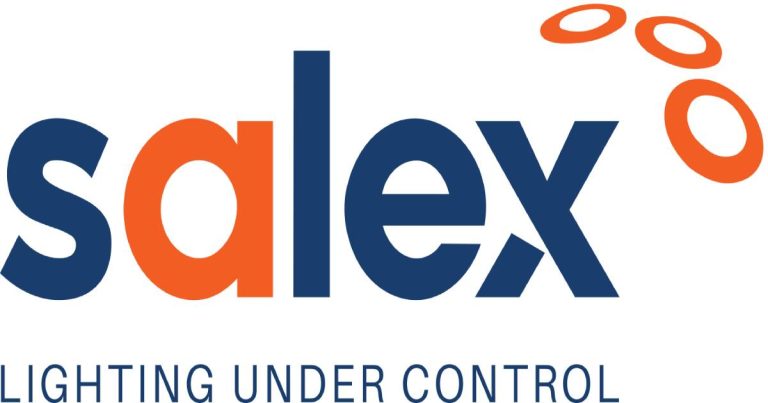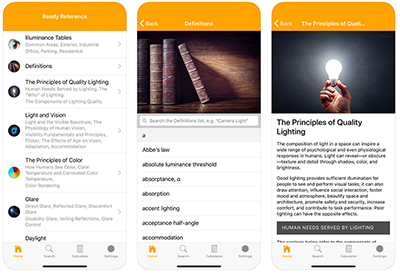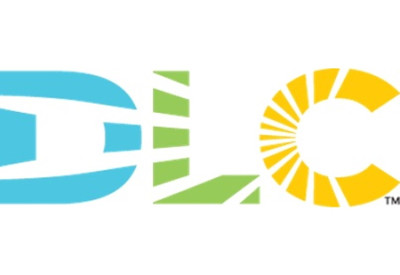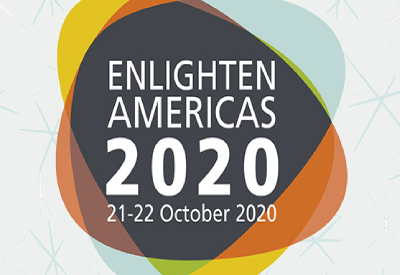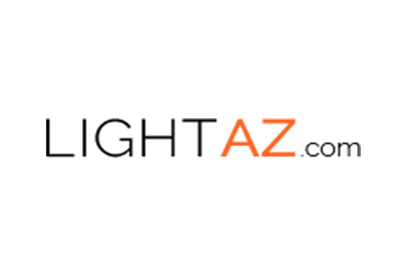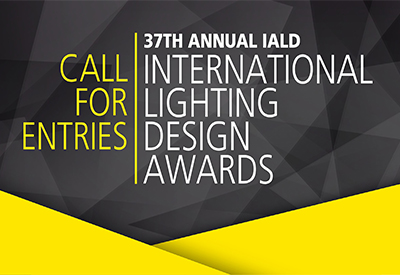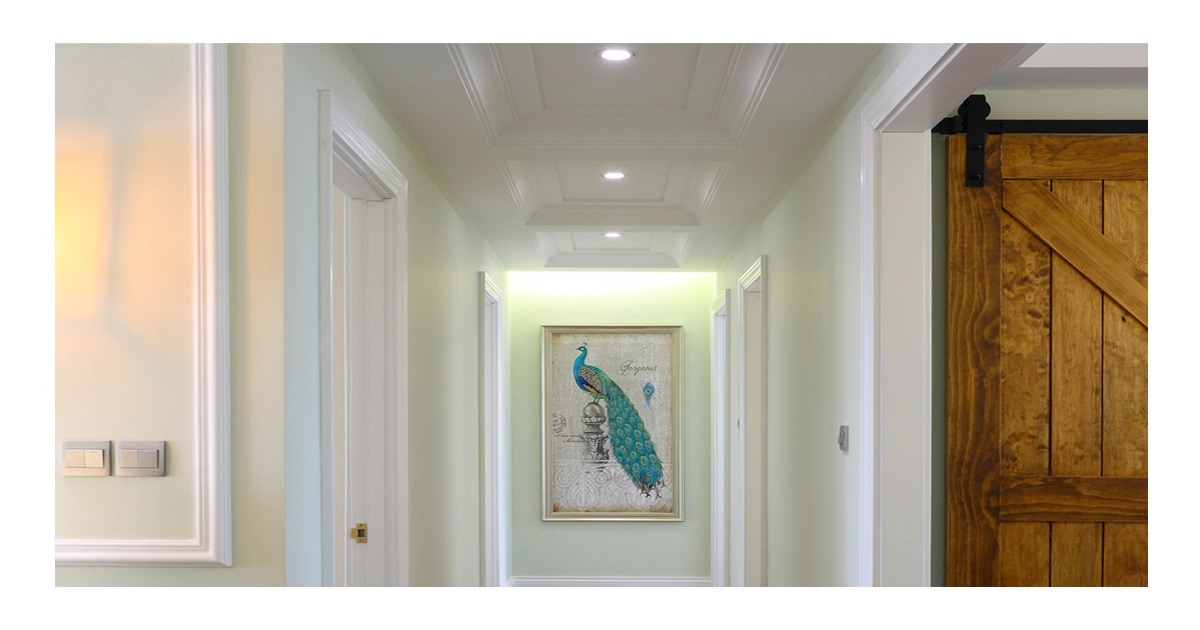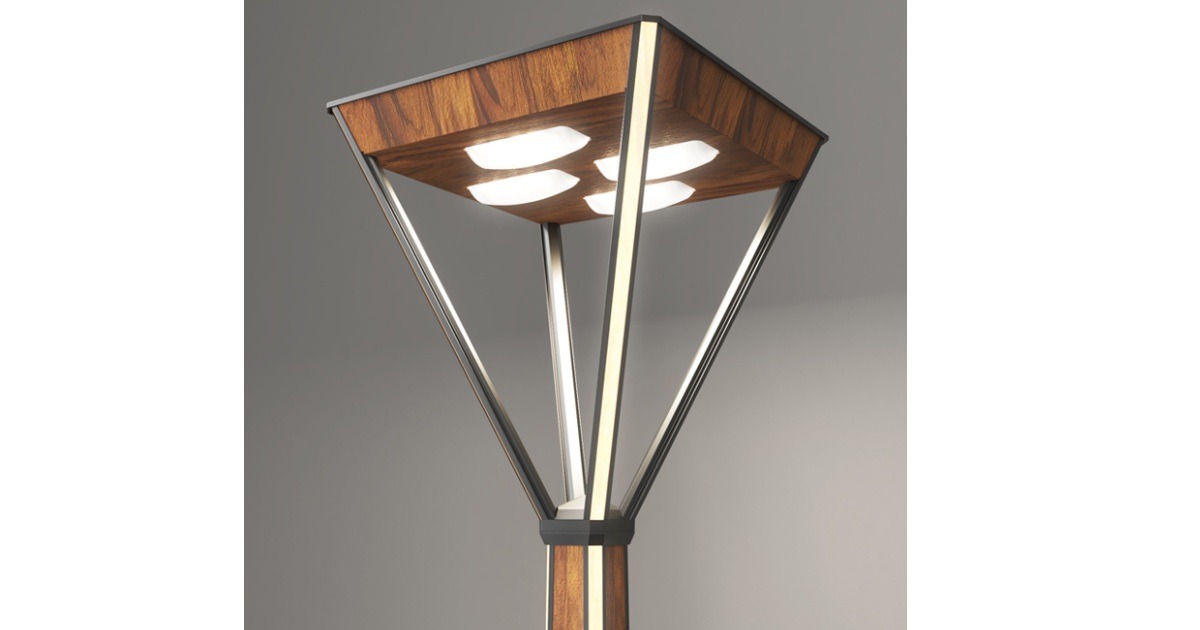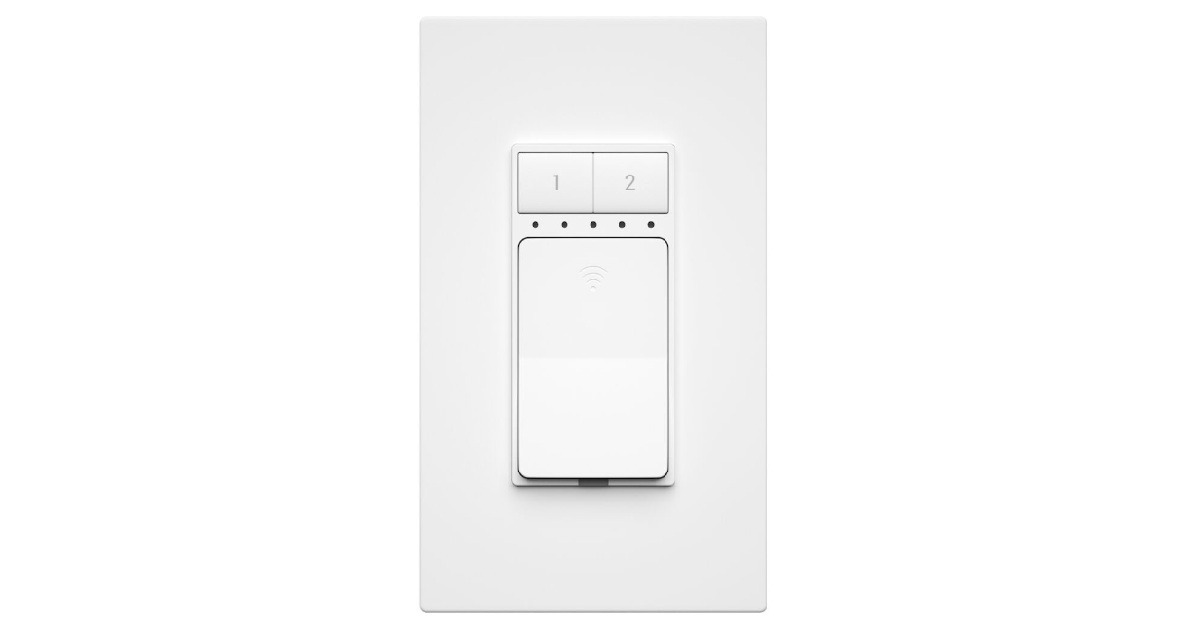LCA Updates EE300: Lighting Control for LEDs, Adds EE107: Lighting Controls for Existing Buildings

Feb 08 2016
The Lighting Controls Association (LCA) has updated its popular online Education Express course EE300: Lighting Control of LEDs, with all new content describing LED sources are controlled. LCA has also added a new online course, EE107: Lighting Controls for Existing Buildings.
About EE300: Lighting Control for LEDs
LED technology delivers exceptional opportunities for lighting control application. However, controlling LED products differs from traditional light sources because of differences in how LEDs operate. The course provides in-depth education on lighting controls and controllable ballast technology, application, system design and commissioning.
Authored by Kevin Willmorth, EE300 is divided into four parts:
• Part 1 — an overview of LED drivers and power supplies, and the impact of control functions on LED light output, efficacy, life, dimmer expectations and flicker behaviour
• Part 2 — how single-colour white light LED products can be controlled within conventional wired control architectures
• Part 3 — wireless controls, advanced control, physical layers, and protocols applicable to modern solid-state and digital lighting applications
• Part 4 — how controls impact colour performance of LED products, and methods used to control colour and shade of white light
At the conclusion of each part, an optional online comprehension test is available with automatic grading. A passing grade enables the student to claim education credit. EE300 is accredited/registered with the American Institute of Architects (AIA) Continuing Education System (CES), which recognizes 10.5 Learning Units (LU)/Health, Safety, Welfare (HSW) credits; and the National Council on Quality in the Lighting Professions (NCQLP), which recognizes 10.5 LEUs towards maintenance of the Lighting Certified (LC) certification.
About EE107: Lighting Controls for Existing Buildings
This new e-course introduces students to lighting control strategies suitable for existing buildings. Authored by Craig DiLouie, LC, it outlines energy code obligations, identifies rebate opportunities, and provides application guidance.
Upgrading lighting systems to next-generation lighting technologies can deliver significant energy cost savings while maintaining or improving lighting quality. By incorporating lighting controls into a lighting upgrade, building owners can generate additional average energy savings of 24-38%, maximize the value of the upgrade investment in labour, and convert lighting into a managed building asset.
Founded in 2006, Education Express serves more than 25,000 students, who have benefited from more than 200,000 completions of learning modules and more than 130,000 comprehension tests taken online, enabling them to earn education credit.
For more information about Lighting Controls Association’s Education Express, including a complete course listing, click here.

